Gun control laws…they all started somewhere, right?
In the case of the U.S., one piece of legislation, in particular, serves as the basis of firearms laws we see on the books today…the Gun Control Act of 1968.
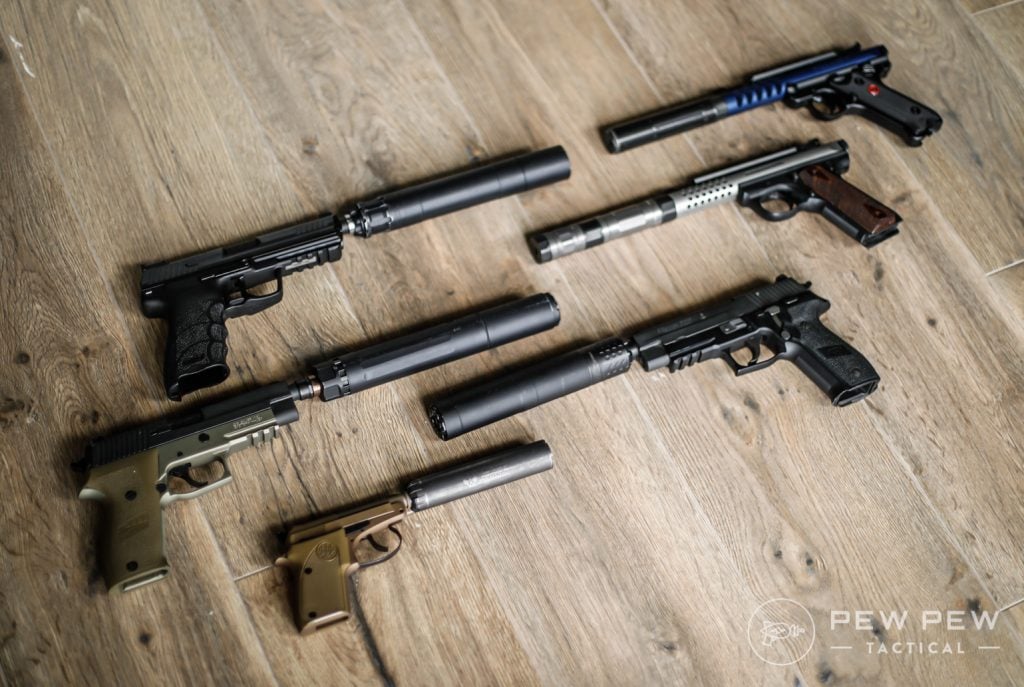
But let’s be real, gun laws can be confusing and difficult to understand. So, we here at Pew Pew Tactical aim to make things a little easier.
We’ll walk you through the GCA, help you understand what it means and what it’s led to.

If you’ve ever been curious about current gun laws, keep reading…
But first, a disclaimer: While the information provided here is legal in nature, it is not to be construed as legal advice and is for educational and entertainment purposes only.
Table of Contents
Loading…
Gun Control Act of 1968, a.k.a. Title I
The GCA is sometimes referred to as “Title I” — as opposed to Title II, as explained in our handy dandy article here — and essentially lays out the rules and regulations covering firearms and the purchase and ownership of them.
Title II is the National Firearms Act of 1934, which contains the laws on all the fun stuff like suppressors and machine guns.
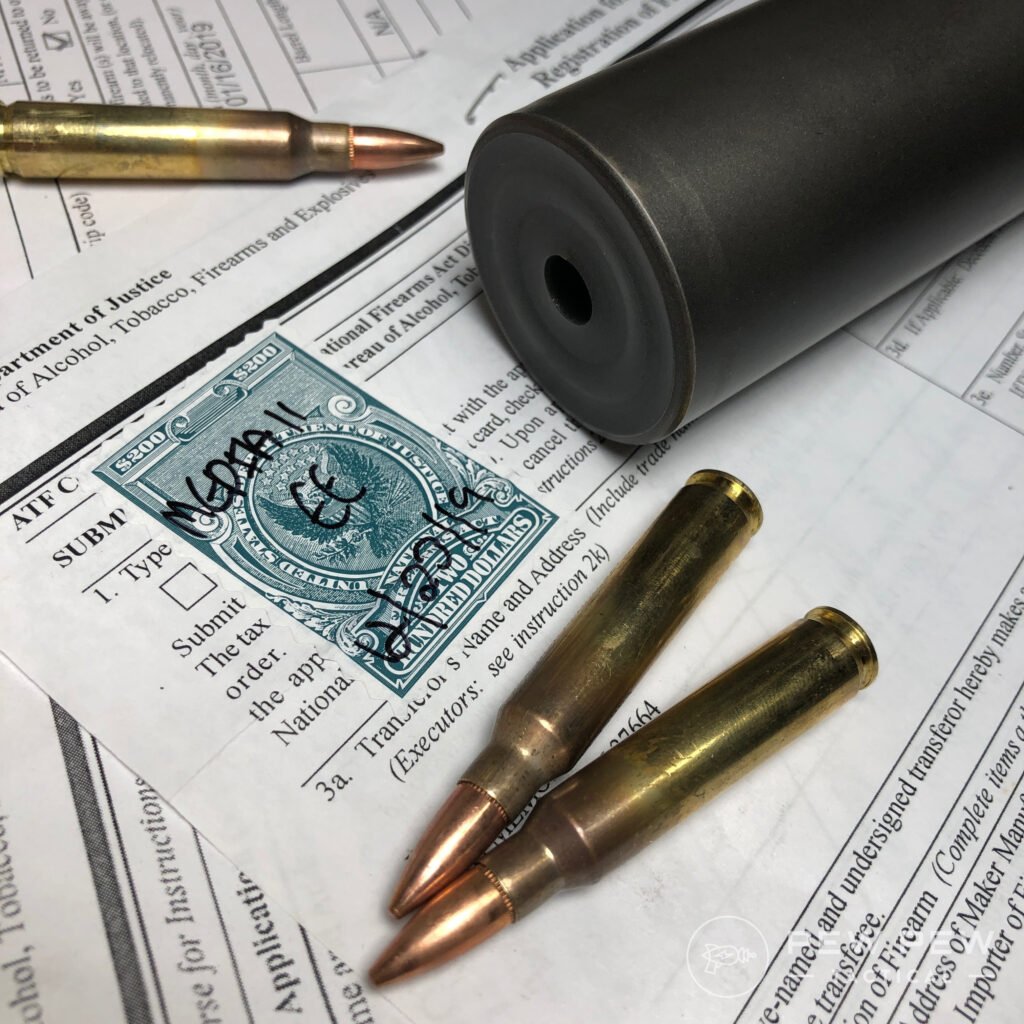
As the name suggests, the GCA was passed in 1968 and replaced the Federal Firearms Act of 1938. While it repealed parts of it, the GCA also incorporated other aspects already part of the FFA.
It came about after the assassination of President John F. Kennedy in 1963 and the subsequent assassinations of Martin Luther King, Jr., and Robert F. Kennedy.
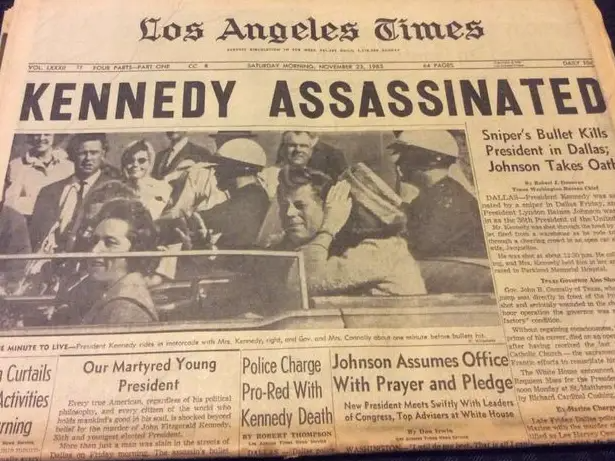
The concern was that firearms regulations were too lax, allowing for the purchase of mail-order firearms such as the one used in the assassination of President Kennedy.
From this, the law’s main goal was to ban the mail-order sales of rifles and shotguns while also prohibiting most felons, drug users, and people deemed mentally incompetent from buying guns.
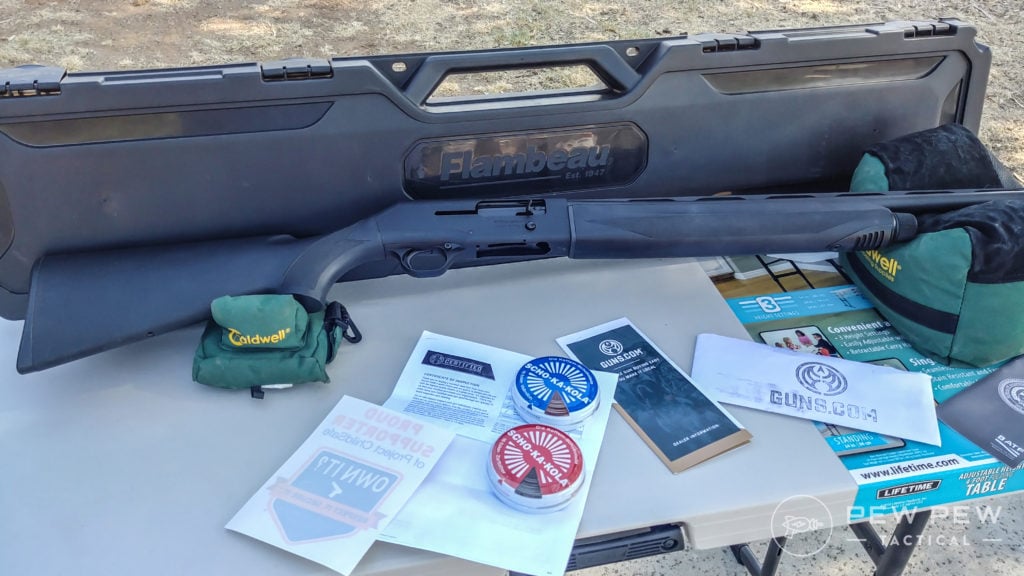
FFLS
As part of its incorporation of the FFA, the GCA also included the Federal Firearms License system and expanded upon it.
The FFA established the FFL system. But with the GCA, most firearm purchases now must be conducted through an FFL (licensee), with only a couple of exceptions.
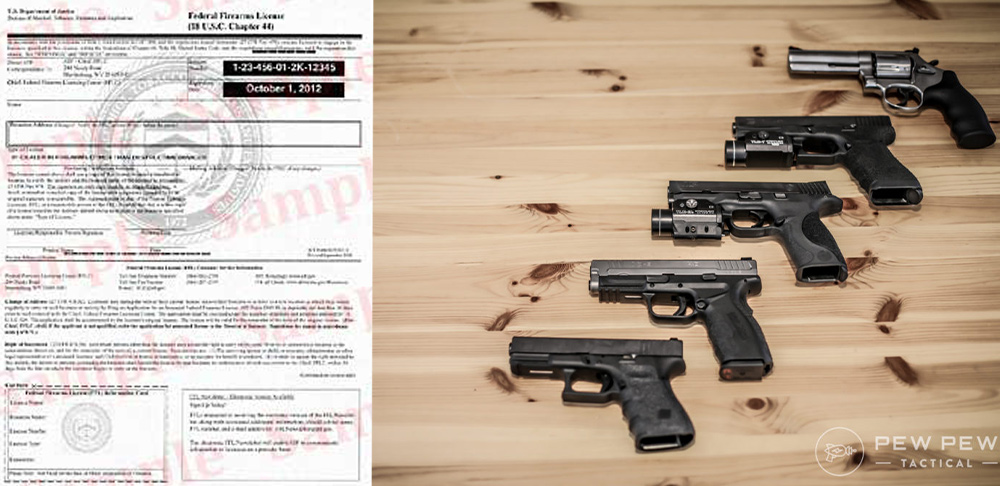
What was the idea behind this? To prevent mail-order purchases of firearms direct to the buyer.
No more shipping guns to your doorstep. At least you don’t have to worry about porch pirates.

Under the newly amended FFL system, gun purchases and transfers of firearms from any source other than a private individual had to take place through an FFL.
Basically, if you buy from your local gun store or website, you need to go through an FFL.
Buying from the store is not an issue since they would have FFLs working at the store to sell firearms.

Ordering online is a little more hassle since the GCA requires purchases to go through an FFL.
So, the firearm must first be sent to the FFL – either a gun store or individual FFL working out of his own space.
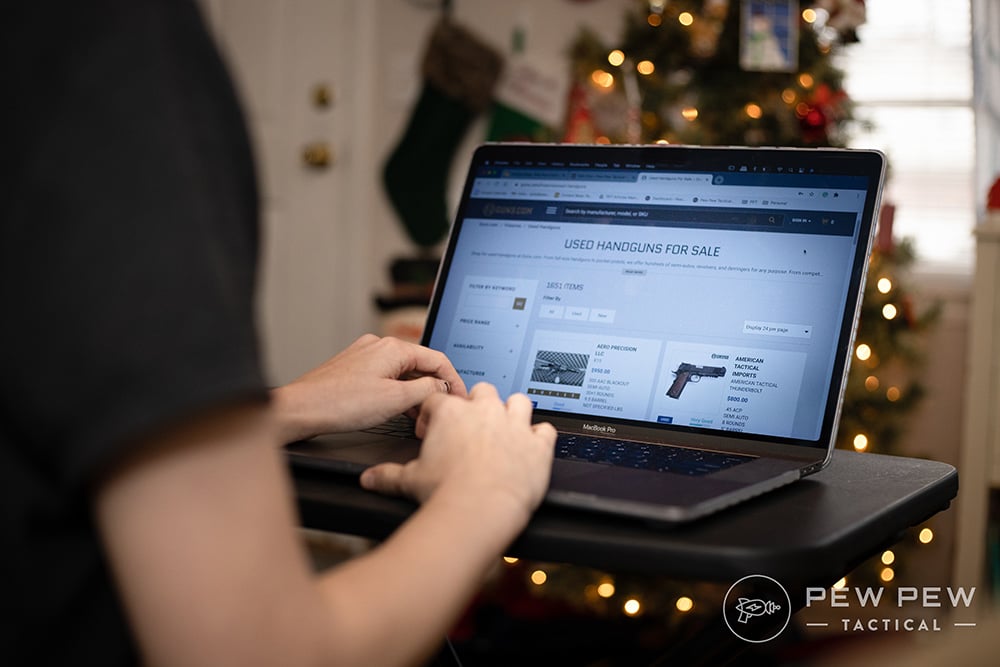
Regardless, the firearm needs to be sent to an FFL to conduct the sale and a background check as part of that sale.
Depending on the state you live in, there may be other requirements as well (some more annoying than others.)
Not everything is sunshine and rainbows, though. Anyone without an FFL is banned from obtaining handguns outside of their state of residence.
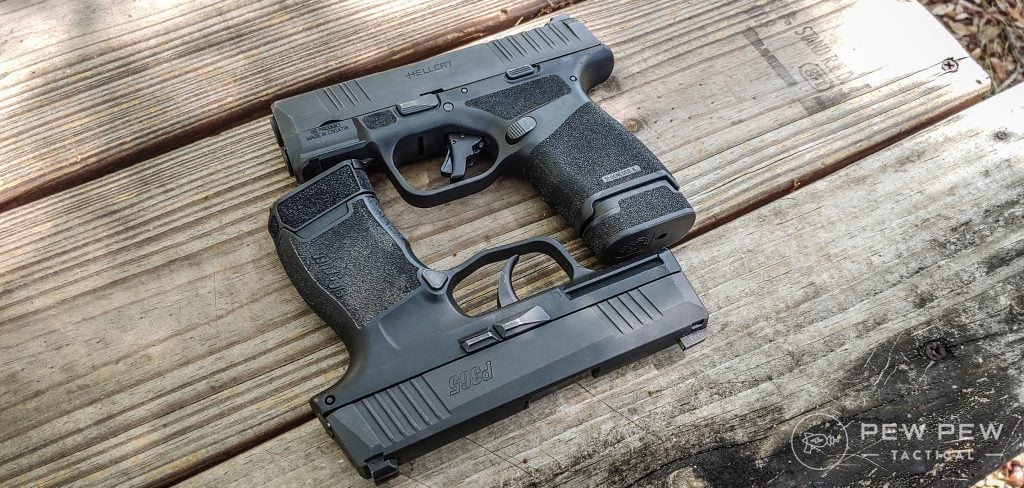
Long guns (rifles and shotguns) can be transferred and sold as long as the seller has an FFL, and the buyer does not have any additional restrictions on long gun transfers and purchases.
One final wrinkle to the younger would-be firearms owners out there…FFLs cannot transfer handguns to anyone under 21. And they can’t transfer long guns to anyone under 18.
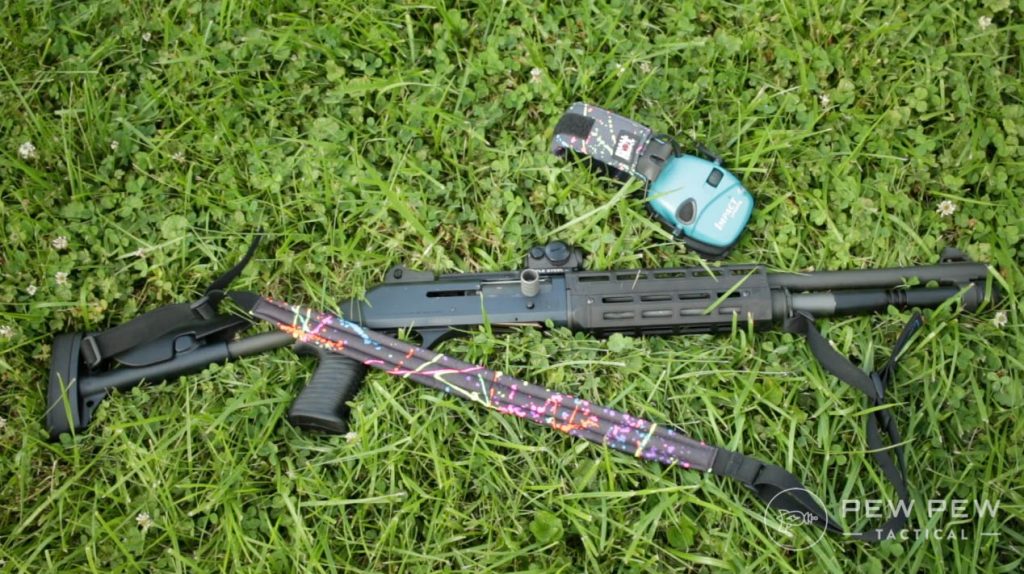
Curio & Relics
Of course, like any good law, there are some loopholes, and not all sales and transfers of firearms require an FFL to get involved.
For those of you interested in collecting unique firearms, they may fall under the “Curio and Relics” category of firearms, which do not need to be purchased through an FFL.
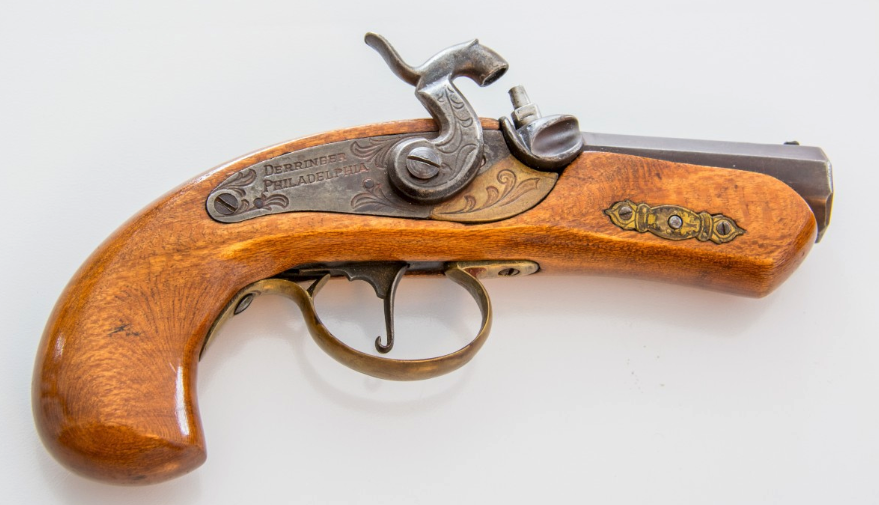
In fact, any firearms that qualify as C&Rs can be bought and sold, just like most items you grab off the shelf at your local grocery store.
To qualify as a C&R, the firearm must meet one of these conditions:
- Manufactured at least 50 years before today’s date, not including replicas of the firearm
- Certified by the curator of a municipal, state, or federal museum which exhibits firearms to be curios or relics of museum interest; or
- Derives a substantial part of its monetary value from the fact it is novel, rare, or bizarre, or from its association with some historical figure, period, or event.
If any of those conditions are met, then you’re good to go on purchasing the firearm without any additional hassle.
It’s also important to keep in mind that only the actual complete firearm may qualify as a C&R, not the frames or receivers of the firearms on their own.
In general, if it seems like a cool collector’s item, it may qualify as a C&R. If it’s just a really old 1911, it probably won’t qualify.
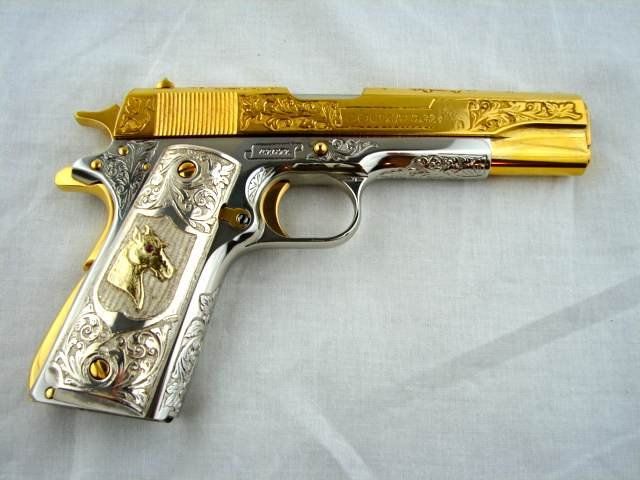
A more common way to avoid going through an FFL is to transfer or purchase firearms between individuals residing in the same state.
Of course, if you purchase through a private individual rather than your local gun store, you’re likely buying a used firearm.
So, those of you looking for shiny new-in-box guns may have to look a little harder to find one.
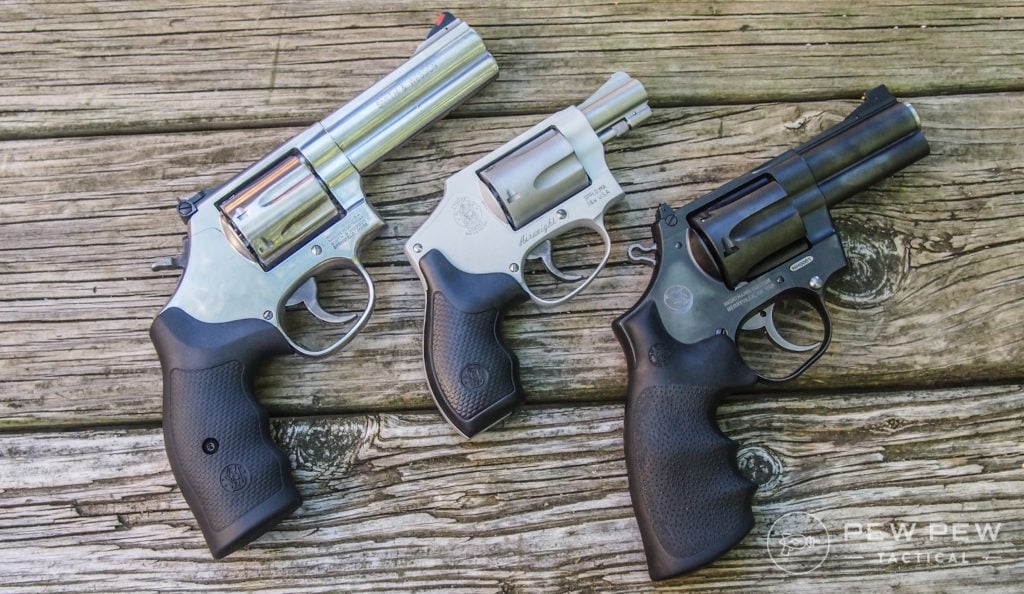
As a bonus, some states allow the transfer of handguns to individuals between 18 and 21. But you’ll need to check out the gun laws of your particular state to see if that is the case.
States like California have gone the other way and only allow firearms transfers and purchases to individuals 21 or older.

Background Checks
Along with the changes to the FFL system under the GCA, there was also the background check system we’ve all gotten to know and love.
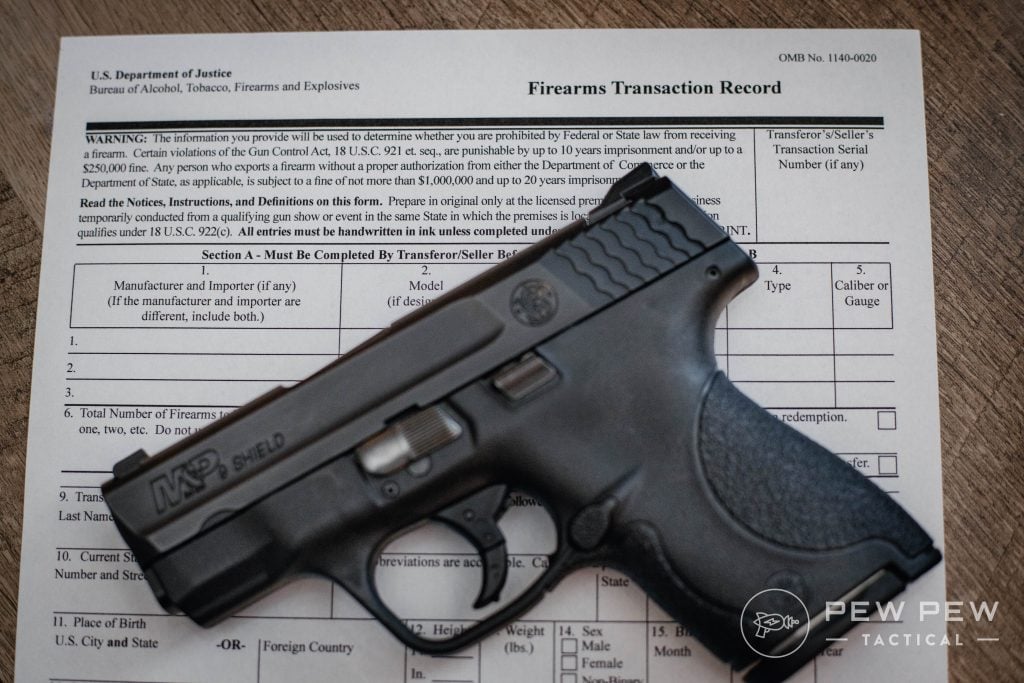
The GCA makes it unlawful for certain categories of persons to ship, transport, receive, or possess firearms or ammunition, if that person:
- has been convicted in any court of a crime punishable by imprisonment for a term exceeding one year;
- is a fugitive from justice;
- is an unlawful user of or addicted to any controlled substance;
- has been adjudicated as a mental defective or has been committed to any mental institution;
- is an illegal alien;
- has been discharged from the Armed Forces under dishonorable conditions;
- has renounced his or her United States citizenship;
- is subject to a court order restraining the person from harassing, stalking, or threatening an intimate partner or child of the intimate partner; or
- has been convicted of a misdemeanor crime of domestic violence.
Basically, if you’ve committed a crime that the federal government deems serious enough or are considered mentally incompetent, you are disqualified from owning a firearm.
This list shouldn’t be a surprise to anyone who’s purchased a firearm in the last few decades since it’s the list of questions we’ve all had to answer while filling out our background check form.

Important Purposes
One less frequently mentioned change brought about by the GCA is the restriction on the import of firearms to those used for sporting purposes.
Not a huge deal for most of us, but there are some fun guns that are a little trickier to come by because of this, as they fall into the categories covered under the GCA’s section 922R regulating imported firearms.
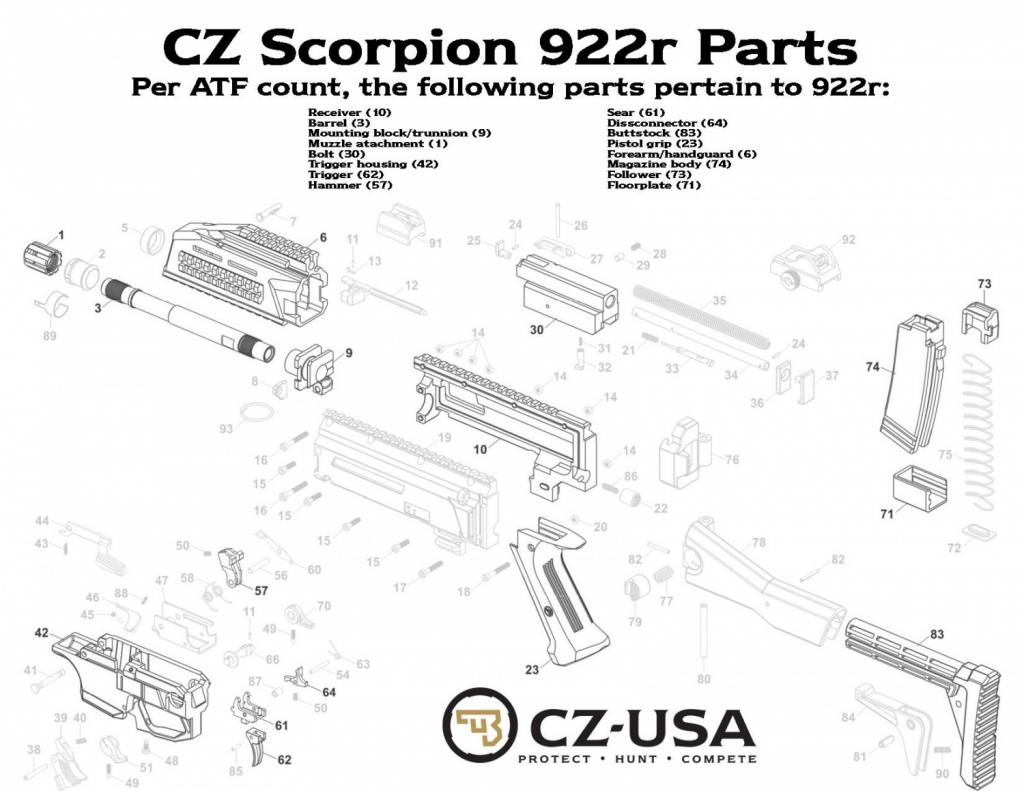
Be sure to check out our article on section 922R to find out what you’re missing out on and what you can do about it to join in on the fun.
Serial Numbers
Finally, the GCA added a new requirement that all newly manufactured firearms produced by licensed manufacturers in the U.S. or imported into the U.S. must have a serial number.
If the firearm was manufactured before the GCA went into effect in 1968 or manufactured by non-FFLs (i.e., regular guys like you and me), then the firearms are exempt.
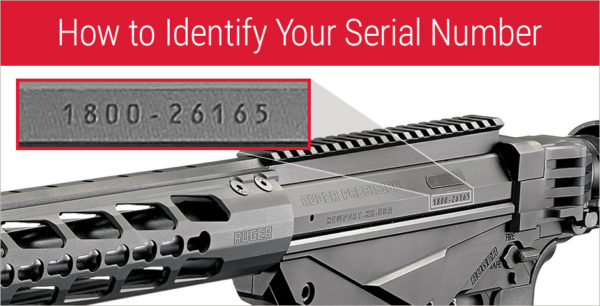
That said, states like California require serial numbers on all firearms, even those made by non-FFLS.
And in case you’ve been living under a very large rock lately, the ATF also has some ideas on requiring serial numbers on basically every single part of a firearm (check out our summary of their latest idea on serializing firearms).
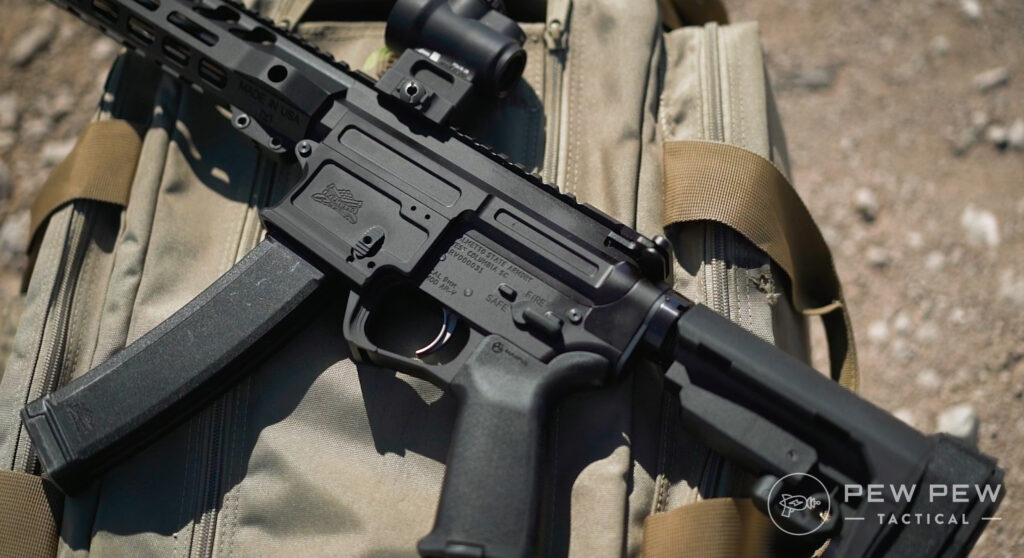
Conclusion
The Gun Control Act of 1968 set forth most of the gun laws we follow today.
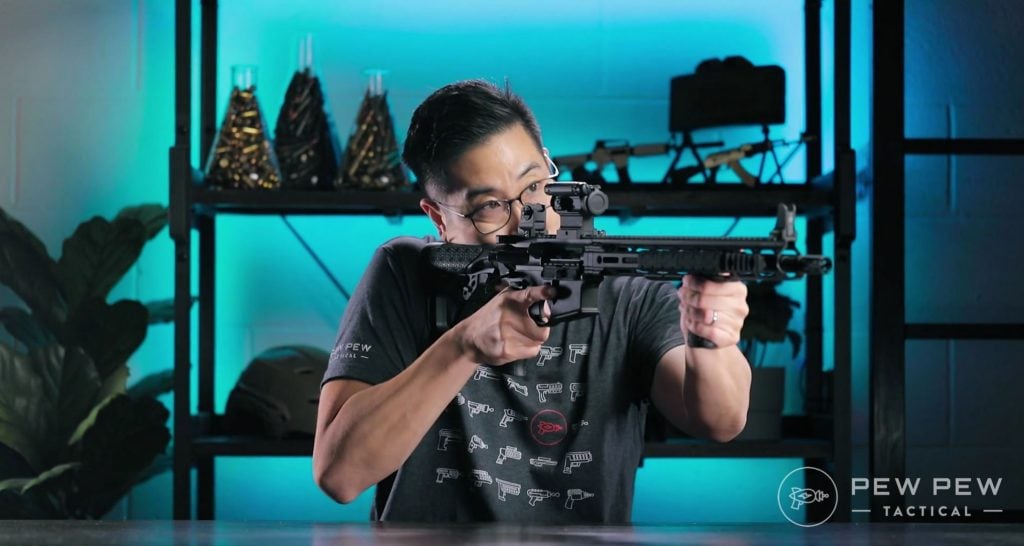
From dictating how guns transfer from one person to another to background checks most of us adhere to when we step into a gun store, the GCA has had a lasting effect on the gun industry.
What are your thoughts on the GCA? Let us know in the comments below. For more on Gun Laws, check out our Gun Law Category.

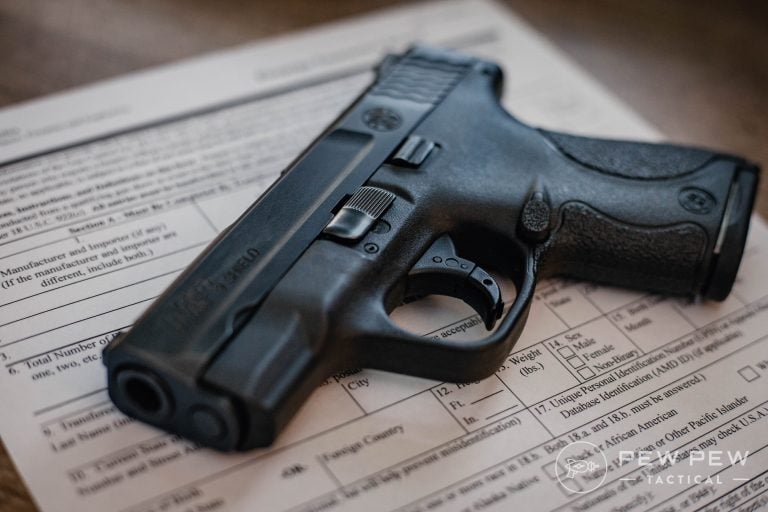







1 Leave a Reply
A point of clarification regarding Curios and Relics. If you want to get those shipped to your door you have to apply for a Curio and Relic FFL. It's a lot cheaper than other types of FFL and has fewer requirements (like record keeping) but you have to go through the process first.